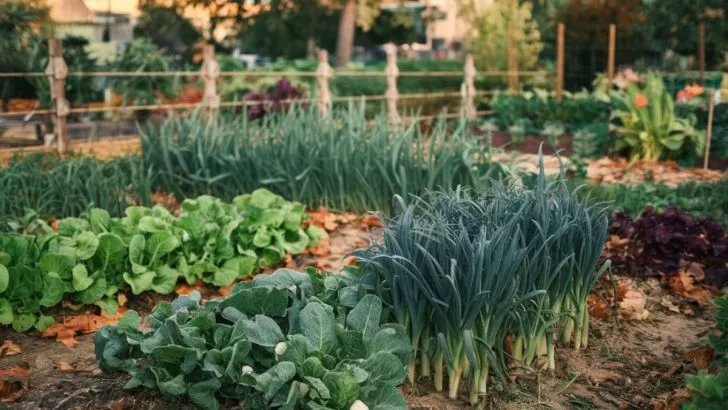As the chill of November sets in, many gardeners pack away their tools, assuming the growing season is over. But savvy gardeners know that with a bit of foresight, November can be a prime time to lay the groundwork for an abundant spring harvest.
By planting cold-hardy vegetables now, you can get a jumpstart on the next growing season, setting the stage for triumphant early harvests.
Planting during this time allows crops to establish their roots before winter’s full grip takes hold. While many folks are busy tidying their plots and reaping the remains of their hardy winter harvests, you can take advantage of the lingering soil warmth to sow seeds that will blossom come spring. From legumes to leafy greens, there’s a cornucopia of vegetables ready to brave the chill.
If you’re looking to keep your veggie patch active even in the dormant months, here’s how you can garden smarter, not harder.
Dive into our list of seven vegetables perfect for November planting—your future self (and your taste buds) will thank you!
1. Plant Fava Beans for an Early Start
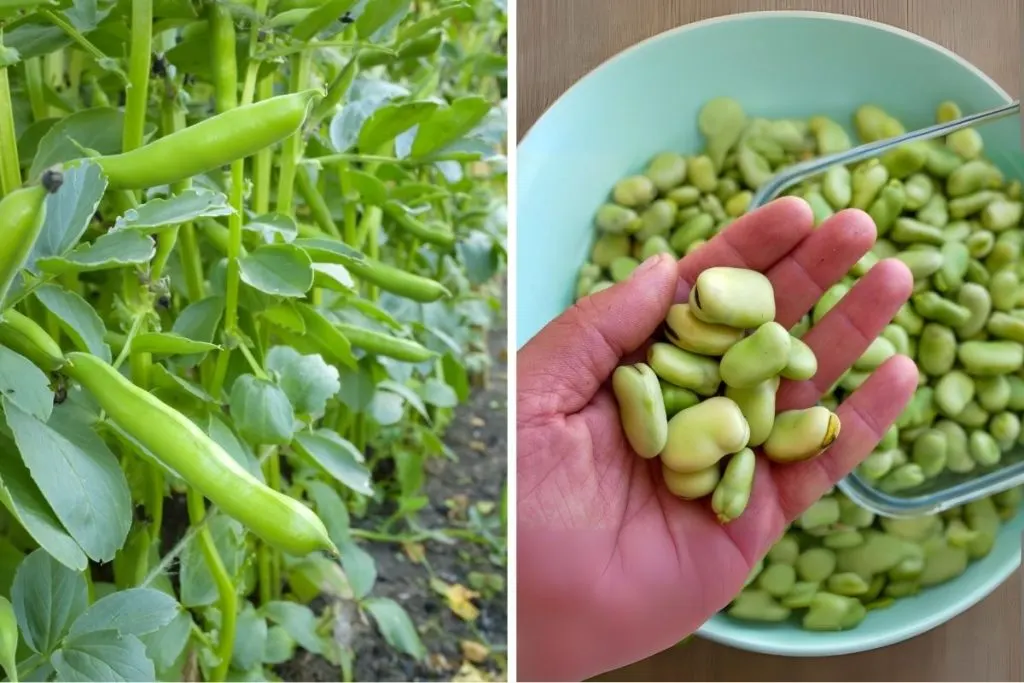
Fava beans, also known as broad beans, are a versatile crop that doubles as both a nourishing food source and a beautiful garden resident.
If you plant them in November, these tough little guys will reward you with a harvest come May or June, much earlier than their spring-planted counterparts. It’s like having a secret weapon in your vegetable arsenal!
Fava beans thrive in both fall and spring, and they are a common sight in kitchen gardens. However, whether or not you should sow them now depends on a few factors.
If your garden suffers from heavy, waterlogged soil or if you live in an area with wet, frigid winters, waiting until spring might be the best strategy.
Choose a hardy variety, such as ‘Aquadulce,’ and plant the beans about nine inches apart. This spacing ensures they have ample room to grow without crowding.
2. Peas: The Quintessential Cold-Weather Crop
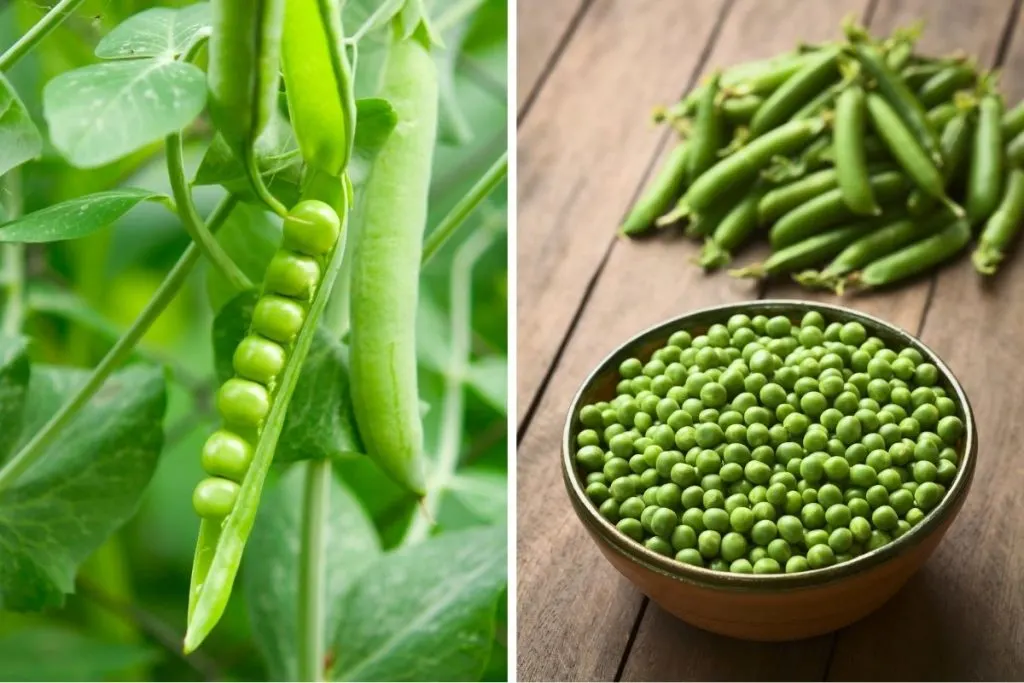
Ah, peas—those bright little jewels that transform even the dullest of garden beds. While they may seem like a spring treat, peas are surprisingly adaptable to cold weather.
The trick is to select a hardy variety such as ‘Meteor’ or ‘Kelvedon Wonder.’ These types of peas can withstand the chill without a hitch, giving you a vibrantly green crop just as winter retreats.
When planting peas in November, make sure their chosen spot won’t become a soggy mess over winter. Cold, waterlogged soil is a recipe for rot, and no one wants to see their pea dreams dashed. Opt for smooth-skinned seeds, which are far better suited for cold sowing than their wrinkled counterparts.
And while you’re dreaming of spring peas, don’t forget to protect your seeds from curious mice who have a penchant for nibbling them away. Consider companion planting with alliums to ward off these tiny garden bandits.
3. Keep Your Salads Fresh with Winter Leaves

Salad lovers, rejoice! You can grow a variety of salad leaves throughout the winter months. By sowing winter-hardy varieties like mizuna, claytonia, corn salad, mustards, and spinach, you’re ensuring a steady stream of fresh greens—even when snow blankets your garden.
Imagine plucking fresh leaves from your windowsill or greenhouse for a salad in the dead of winter. Sounds dreamy, right?
Growing lettuce indoors is straightforward and rewarding. Start by choosing a sunny windowsill and a container with appropriate drainage. A potting mix that retains moisture yet drains well is ideal.
For outdoor growing, consider using plastic covers or fleece to protect your crops from the harshest weather. A little extra effort in November ensures you’ll have leafy greens at your fingertips well into the colder months.
4. Scallions: A Burst of Flavor in Every Stalk
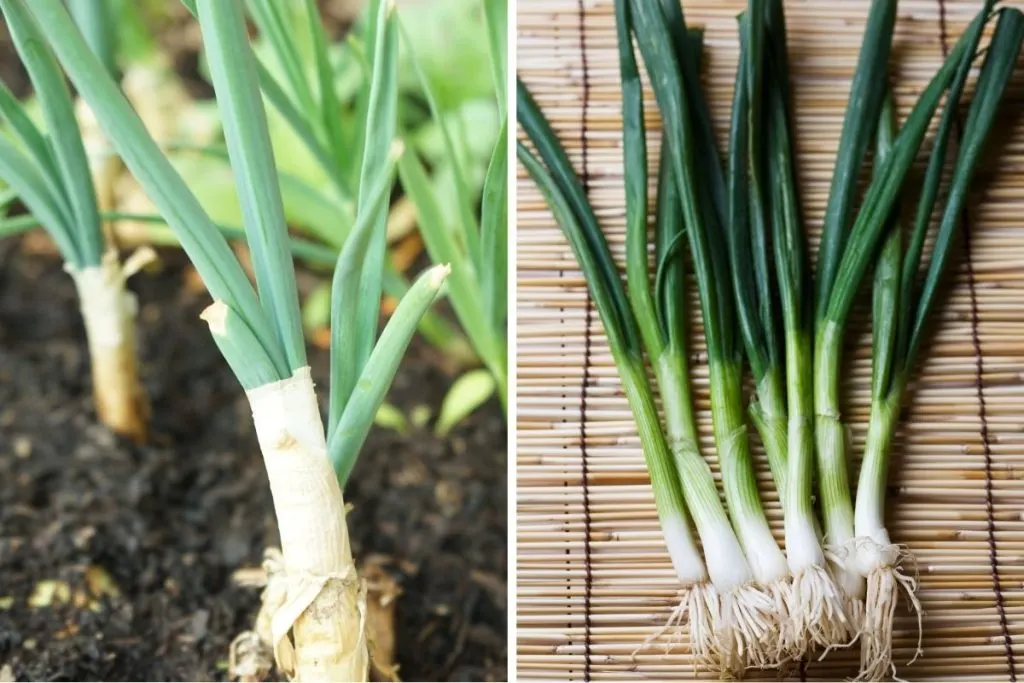
If you think November’s too late for planting onions, think again! Scallions, also known as spring onions, are a vigorous, cold-hardy allium that can be sown now for a springtime harvest.
They add a mild onion flavor to your dishes and grow with minimal fuss. ‘Performer’ and ‘White Lisbon’ are prime candidates for a November planting.
Plant your scallion seeds thinly, about half an inch deep, directly onto the soil where they’ll grow. Once the seedlings sprout, thin them to a spacing of about two inches to give each scallion room to thrive.
Whether in the ground or in pots, these trusty greens will be ready for picking a mere 10 to 12 weeks after sowing.
5. Shallots: The Underappreciated Allium
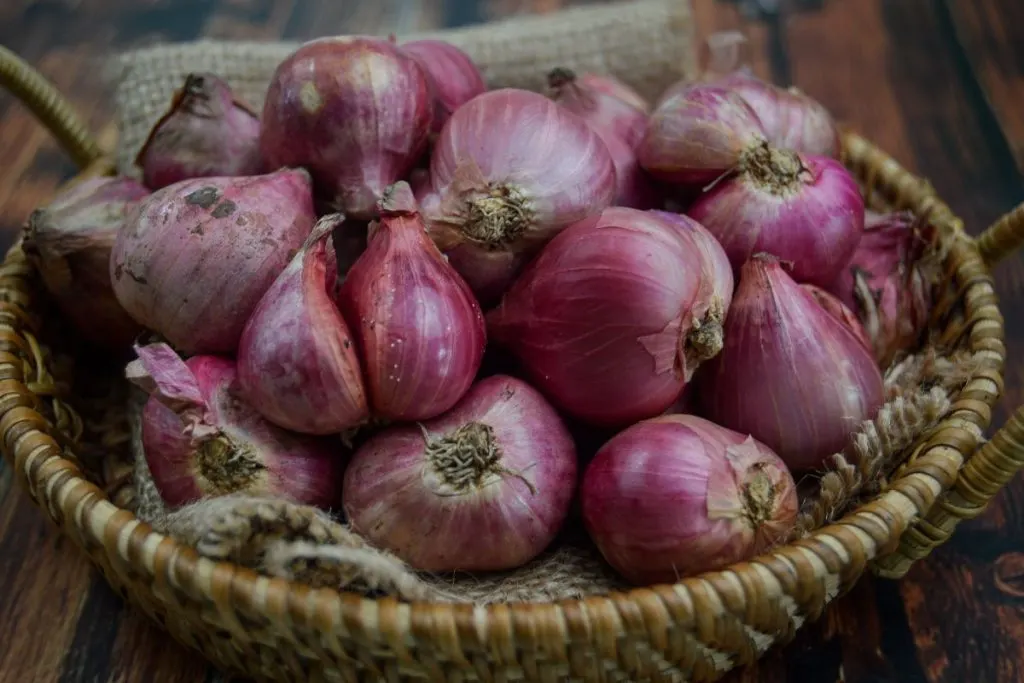
Though shallots might not be as popular as their onion cousins, they boast a milder taste that elevates countless dishes.
Plant them from sets in November, and each will eventually divide into multiple bulbs, offering a generous harvest next summer. Talk about getting more bang for your gardening buck!
Choose a well-draining spot for your shallots, as waterlogged conditions can lead to rot. Plant each set with just their tips poking above the soil surface, spaced about six inches apart.
Throughout winter, these alliums develop robust roots, making them ready to burst into growth once spring arrives.
6. Elephant Garlic: Giant in Size, Mild in Flavor
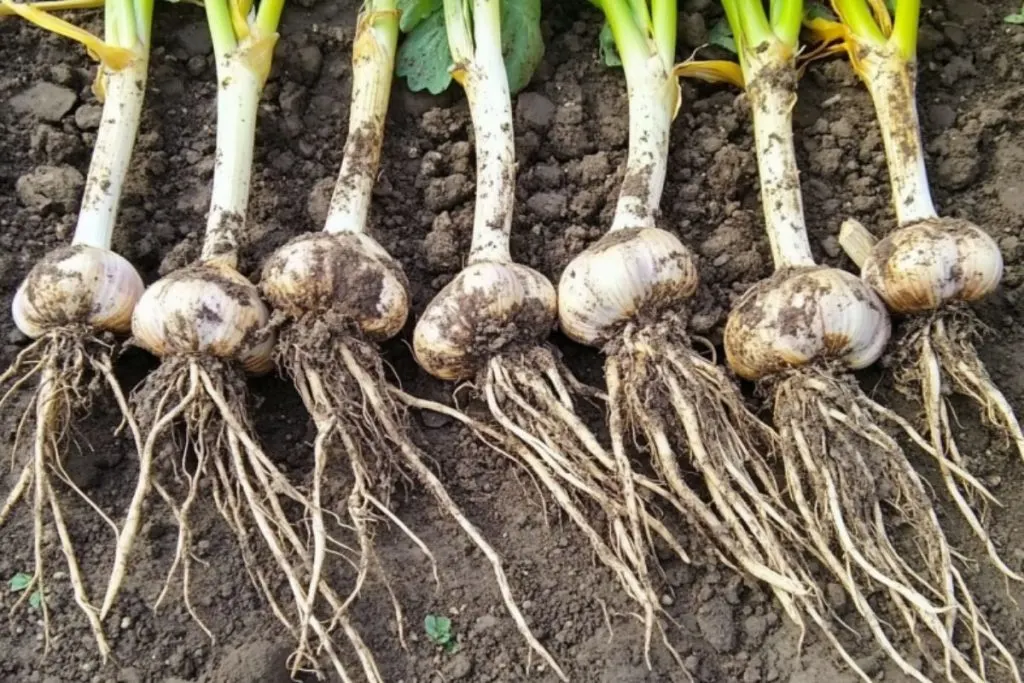
For those who love the flavor of garlic but desire something a bit subtler, elephant garlic could be your garden’s next best friend.
Resembling oversized garlic bulbs, they bring a mild, nutty taste to the table and are surprisingly easy to grow. November is the perfect time to plant these giants, giving them ample time to split into cloves.
Plant each clove around 4-6 inches deep and about eight inches apart. With a bit of patience, you’ll be rewarded with baseball-sized bulbs come late summer.
After curing, these impressive bulbs can be stored for up to ten months, reducing your grocery bill and enhancing your culinary creations.
7. Asparagus: Patience Yields Perennial Rewards
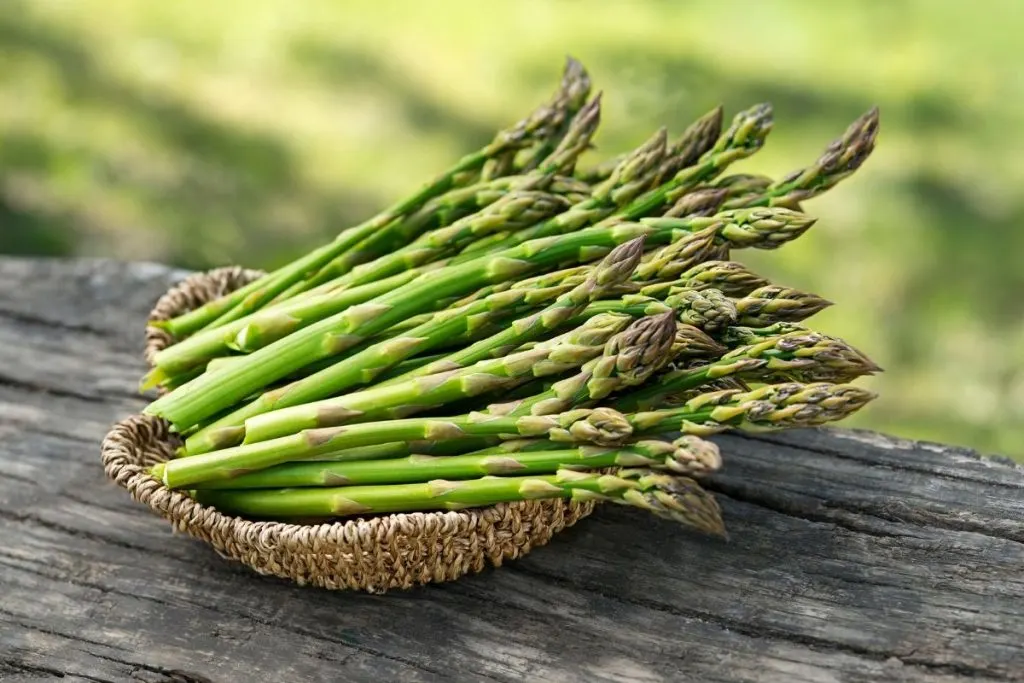
If you’re willing to play the long game, asparagus is a perennial vegetable that rewards your patience with rich harvests for up to two decades!
By planting crowns in milder November climates, you give them a head start, allowing their roots to establish before winter.
Though traditionally planted in spring, the fall planting of asparagus crowns in warmer areas can boost their establishment rate.
Be prepared to wait a couple of years before harvesting your first spears, but know that the wait is worth it for this delicacy that graces spring tables with its crisp, savory bite.

